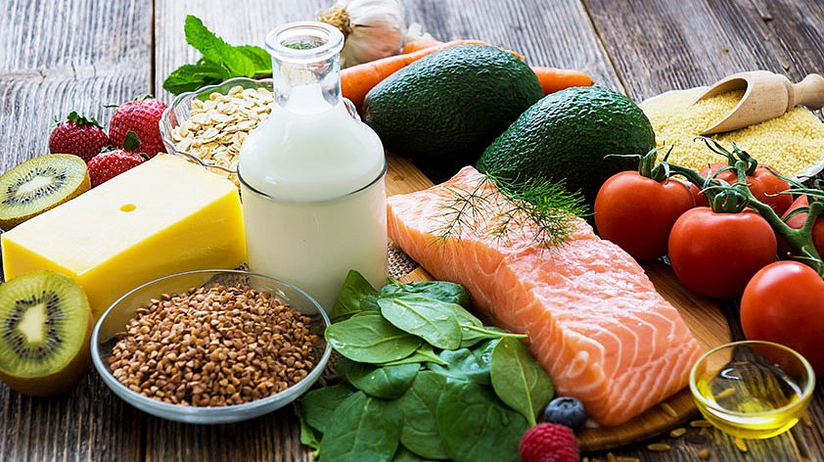
type of diabetes
- A condition in which underlying (prediabetic) blood sugar is at but not above the upper limit of normal;
- Diabetes insipidus is a disease in which the body lacks antidiuretic hormone (ADH) or the kidneys lose sensitivity to it. As a result, diabetes-like symptoms develop—thirst, frequent urination, weakness;
- Pregnancy is a temporary condition that occurs during pregnancy and is characterized by elevated blood sugar levels;
- Latent diabetes, which develops asymptomatically over a long period of time (similar to type 2 diabetes), but at the same time, based on the mechanism of development, is closer to type 1 diabetes (immune system dysfunction);
- An unstable form of diabetes in which unprovoked spikes in blood sugar cannot be eliminated even with continued insulin treatment;
- A kidney disease in which the kidneys stop filtering fluid. As a result, symptoms similar to diabetes appear: frequent urination, strong thirst;
- Postoperative conditions that occur after pancreatic surgery;
- Pancreatic diseases, which occur in the context of chronic lesions of the pancreas (e. g. , chronic pancreatitis);
- Extrapancreatic disease, which occurs in the context of chronic pathology but may gradually lead to pancreatic destruction.
type 1 diabetes
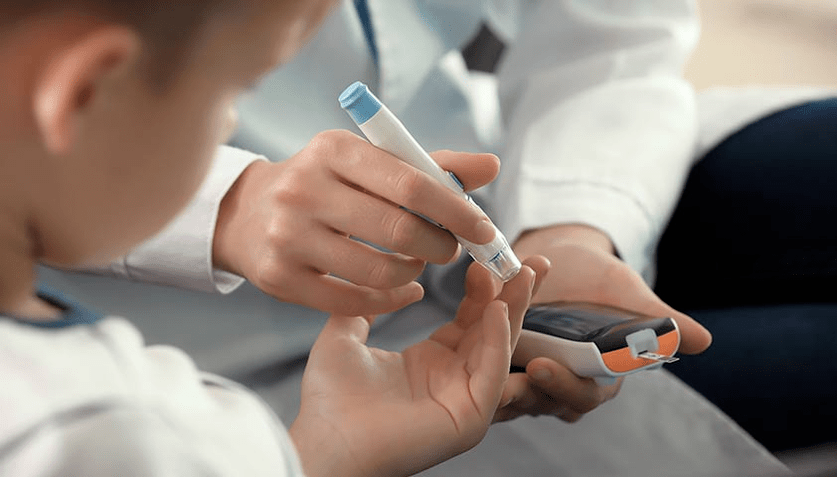
- severe thirst and hunger,
- weakness,
- Frequent urination,
- Sudden weight loss,
- Blurred vision.
type 2 diabetes

- Frequent urination;
- intense thirst;
- Feeling hungry even after eating;
- fatigue;
- blurred vision;
- Wounds heal slowly;
- Darkening of the skin on elbows and knees;
- Tingling, pain, or numbness in the arms and legs.
diabetes diet type
no carb diet
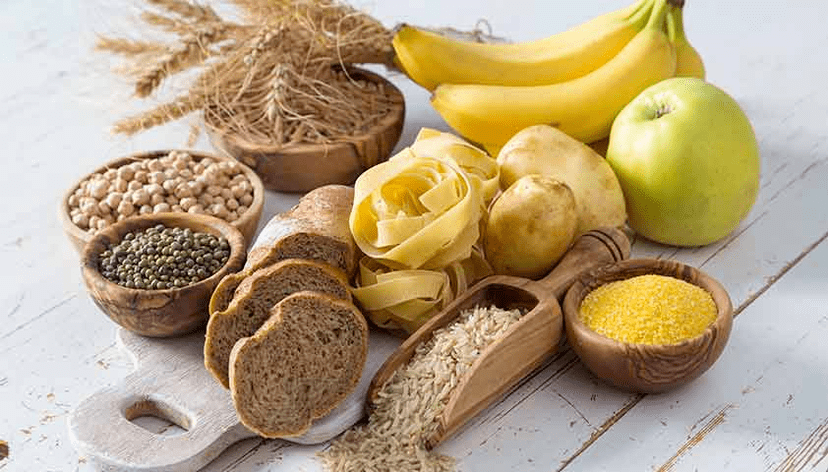
high protein diet
There is currently no consensus on whether people with diabetes need to consume more protein. However, excessive amounts can increase some health risks.
buckwheat diet
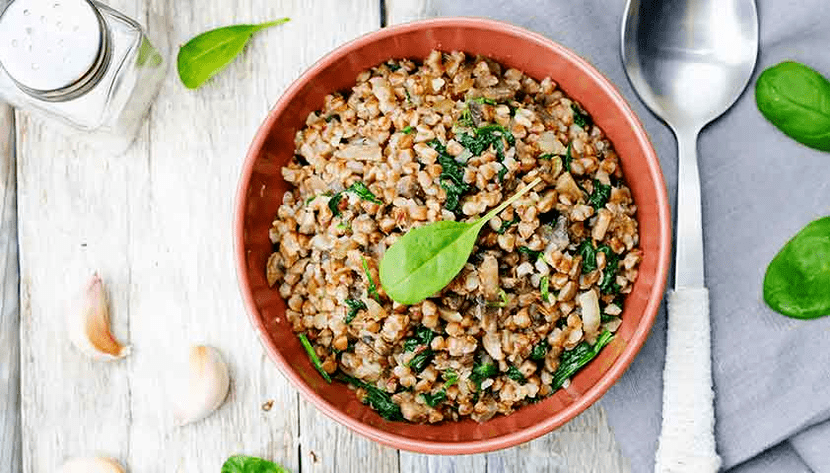
type 1 diabetes diet
The carbohydrate content in the diet of people with type 1 diabetes should not exceed an average of 17 bread units per day.
| product | |
| 1 item | |
| 1 item | |
| Potato | |
| orange | 1 item |
| strawberry | |
| apple | 1 item |
| milk | |
glycemic index
The glycemic index is not calculated independently; it is usually stated on food packaging.
- Low GI (above 55) skim milk, apples, peanuts;
- Average GI value (from 56 to 69) - pasta, buckwheat, ice cream;
- High GI (70 and above) - white bread, rice milk, white rice.
health board method
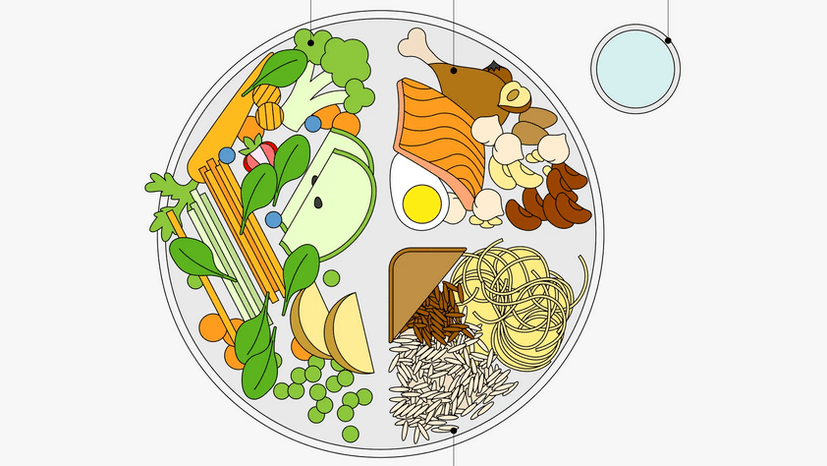
- step 1.We choose a plate. Its diameter should be equal to the length of your palm.
- Step 2.Place vegetables and fruits on plates. They can be in any form: fresh, stewed, boiled, canned. Serving size should take up half the plate or less.
- Step 3.Divide the rest of the plate in half. We put slow carbs on top of half-grain products, potatoes with skins, whole wheat bread or pasta. We fill the remaining quarter with protein sources - lentils, broad beans, peas, fish, eggs, lean meat.
- drink when you are thirsty;
- Eat less salt—no more than one teaspoon (5-6 grams) per day;
- Limit consumption of trans fats (found in many prepared and processed foods – fast food, cakes and pastries);
- Reduce your consumption of saturated fat (found in sweet pastries, fatty meats, sausages, butter and lard).
Anyone with type 1 diabetes should discuss their diet with a nutritionist to determine the best nutrition and exercise plan with insulin.
type 2 diabetes diet
Fiber is digested slowly, which means it ensures a feeling of fullness for a longer period of time.
gestational diabetes diet
DASH Diet (Dietary Approaches to Prevent Hypertension)
- Low-sodium foods (no more than 2, 300 milligrams of sodium per day, equivalent to 1 teaspoon of salt);
- fruit;
- vegetable;
- whole grains;
- low-fat dairy products;
- lean meats and fish;
- legumes and nuts;
- vegetable oil.
- Foods high in saturated fat (red meat, full-fat dairy, coconut and palm oil);
- Candy, sweetened juices and sugary carbonated drinks, alcohol.
mediterranean diet
For example, a serving of fruit or vegetables is one medium apple, half a cup of cucumbers or carrots, or one cup of leafy vegetables.

health board method

- 1 apple,
- A handful of lettuce, a tablespoon of olive oil, ½ cucumber,
- 2 slices whole wheat bread,
- 1 boiled egg,
- Unsweetened yogurt.
- 1 serving of fermented vegetables (sauerkraut, Korean carrots);
- handful of brown rice;
- a piece of grilled white fish;
- A handful of nuts.
- grilled chicken breast,
- Boil mung beans,
- Vegetable salad with eggs,
- Pieces of cheese.
Diet for children with diabetes

Dessert Recipes for Diabetics
The carbohydrate content in any given recipe should not exceed 15 grams or 1 loaf unit. Stevia can be replaced with any common sugar substitute.
panna cotta

- 1. 5 tbsp. lake dried gelatin
- 60ml cold water
- 60ml hot water
- 2 cups heavy cream (more than 30%)
- 2 tsp. vanillin
- Appropriate amount of stevia (about 4 grams of powder)
- pinch of salt
- Pour the gelatin into a bowl of cold water and let it sit for a few minutes. Pour in the hot water and stir well until the gelatin is completely dissolved.
- Add all other ingredients and stir until smooth.
- Pour mixture into glasses and refrigerate for at least 3 hours.
Chocolate Peanut Butter Fudge

- 200 g dark chocolate (2 standard pieces)
- 200 g sugar-free peanut butter
- 4 tsp. Stevia powder
- ½ tsp. vanillin
- pinch of salt
- Melt the chocolate in the microwave or double boiler.
- Mix all other ingredients with melted chocolate.
- Pour the mixture into a silicone baking pan. Cool to room temperature. Cut into chunks before serving.
Mousse Pumpkin Cheesecake

- 150 g pumpkin puree
- 150 g low-fat cheese or ricotta cheese
- 1. 5 tbsp. lake honey or maple syrup
- ½ tsp. Cinnamon
- ½ tsp. vanillin
- pinch of salt
- 50 g Greek yogurt
- sliced almonds for garnish
- Blend pumpkin puree, cheese, honey, cinnamon, vanilla and salt until smooth.
- Cover the cup with a lid or plastic wrap and place in the refrigerator for 30 minutes.
- Before serving, divide the mixture into glasses and garnish with yogurt and almond petals.
Apple Cinnamon Popcorn

- 1 tbsp. lake olive oil
- 2 tbsp. Lake dried popcorn kernels
- 3/4 tsp. Cinnamon
- 100 g dried apples
- Heat oil in a small skillet over medium heat.
- Place 1-2 popcorn kernels in the pan. Once they pop, you can pour out the remaining popcorn.
- Cover the pot and wait for all the particles to open. Shake the pot occasionally.careful!Do not remove the lid until the popcorn has cooled, as the hot oil or hot kernels may burn your skin.
- Sprinkle cinnamon flakes and apple slices over finished popcorn.
gogol mogory

- 6 medium eggs
- 5. 5 cups whole milk
- 0. 5 cups heavy cream (over 30%)
- Appropriate amount of stevia (about 4 grams of powder)
- A little cinnamon and nutmeg
- Place all ingredients except nutmeg in a blender and blend until smooth.
- Pour mixture into glasses and sprinkle with nutmeg.
































